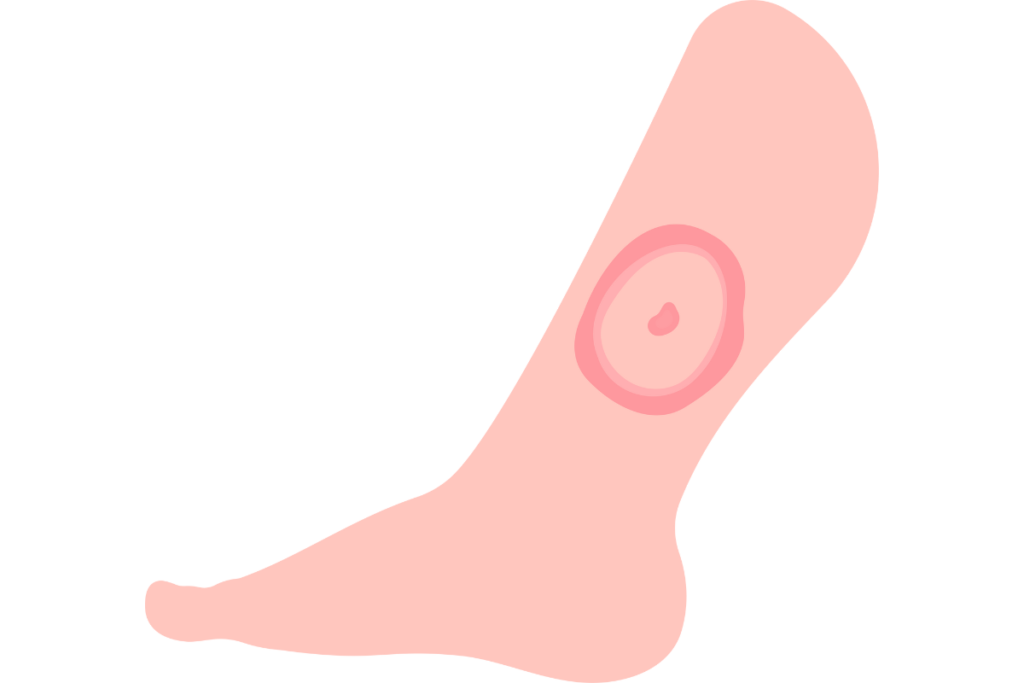
Lupus, also known as systemic lupus erythematosus (SLE), is an autoimmune disease that can affect various organs and systems in the body. It is a chronic condition characterized by periods of flare-ups and remission, and early diagnosis and treatment are crucial for managing the disease effectively. In this article, we will discuss the early warning signs of lupus that you need to be aware of.
Understanding Lupus:
Lupus is an autoimmune disease, which means that the body’s immune system mistakenly attacks healthy tissues and organs. This can lead to inflammation, pain, and damage to various parts of the body, including the skin, joints, kidneys, heart, lungs, and brain. Lupus can affect individuals of all ages, but it is more common in women of childbearing age.
Early Warning Signs of Lupus:
- Fatigue: Persistent and overwhelming fatigue is a common early sign of lupus. This fatigue is not relieved by rest and can significantly impact daily life.
- Joint Pain and Swelling: Joint pain and swelling, often in a symmetrical pattern (both sides of the body), can be one of the earliest symptoms of lupus. These symptoms may mimic those of rheumatoid arthritis.
- Skin Rashes: Lupus can cause a variety of skin rashes, including the characteristic butterfly-shaped rash (malar rash) that appears on the cheeks and bridge of the nose. Other rashes may be red or raised and can occur on areas exposed to sunlight.
- Photosensitivity: Many individuals with lupus experience increased sensitivity to sunlight (photosensitivity). Sun exposure can trigger or worsen skin rashes and other symptoms.
- Fever: Recurrent low-grade fevers or unexplained high temperatures can be an early sign of lupus, often associated with fatigue and joint pain.
- Hair Loss: Hair loss, which can be diffuse or in patches, is another common early symptom. Hair may become thin and brittle.
- Chest Pain and Difficulty Breathing: Lupus can cause inflammation in the lining of the chest and lungs, leading to chest pain and shortness of breath, similar to pleurisy.
- Kidney Problems: Some individuals may experience kidney inflammation, which can lead to changes in urination patterns, blood in the urine, or swelling in the legs and feet.
- Oral Ulcers: Ulcers or sores in the mouth or nose are a common early sign of lupus.
- Fingers and Toes Turning White or Blue: Raynaud’s phenomenon, a condition in which fingers and toes turn white, blue, or purple in response to cold or stress, can be an early sign of lupus.
- Neurological Symptoms: Lupus can affect the nervous system, leading to symptoms such as headaches, memory problems, and cognitive dysfunction.
When to Seek Medical Attention:
If you experience persistent or worsening symptoms that are indicative of lupus, it is essential to seek medical attention. Early diagnosis and treatment can help manage the disease and prevent complications. Lupus is diagnosed through a combination of medical history, physical examination, laboratory tests, and sometimes biopsies.
Lupus Flares and Remission:
Lupus is characterized by periods of flares and remission. During a flare, symptoms worsen and may require more aggressive treatment, while remission is a period when symptoms improve or disappear. Managing lupus often involves medication to control inflammation and the immune system.
Living with Lupus:
Living with lupus can be challenging, but many individuals with the condition lead fulfilling lives with proper medical care and lifestyle adjustments. Here are some tips for managing lupus:
- Follow Your Treatment Plan: Adhere to the treatment plan prescribed by your healthcare provider, which may include medications and lifestyle changes.
- Manage Stress: Stress can trigger lupus flares, so practicing stress management techniques like relaxation and meditation can be beneficial.
- Protect Your Skin from the Sun: Use sunscreen, wear protective clothing, and avoid excessive sun exposure to minimize photosensitivity.
- Healthy Lifestyle: Eat a balanced diet, exercise regularly, and get adequate rest to support overall health.
- Support and Education: Join lupus support groups and seek information about the condition to better understand and manage it.
Conclusion:
Early diagnosis and treatment are essential for effectively managing lupus. If you experience the early warning signs mentioned in this article, consult a healthcare provider for a thorough evaluation and appropriate care. With proper management, individuals with lupus can lead fulfilling lives and reduce the impact of the disease on their well-being.


